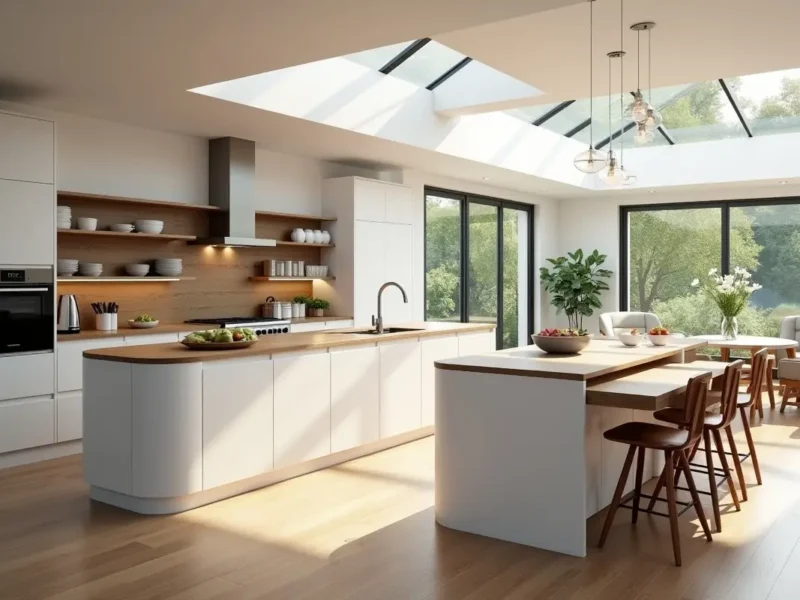Installing solar panels is a hefty long-term investment so you want to make sure you do it right.
If you don’t figure out the best direction for solar panels in your home before installing them, you could be losing up to 20 percent of the potential energy your system could generate.
The two most important things to consider with regards to where to put solar panels are the direction they face and the angle they’re positioned at.
Best Direction for Solar Panels
Generally speaking, solar panels are best positioned facing south. This allows them to absorb maximum sunlight throughout daylight hours.
Also bear in mind that south means pointing towards the south pole and not south on a compass. Compasses point to the Earth’s ‘magnetic south’ which is in a slightly different position.
Where this isn’t possible, the next best option is usually facing southeast or southwest.
There is one exception to this though.
If your energy company uses surge pricing, where they charge more when energy usage is greater, then you may benefit from having your panels facing west.
This is because more people are home in the afternoons and evenings so energy usage is usually higher, so you will be accessing the solar energy when the energy from the electric grid is more expensive.
If you speak to a trusted company that does solar panel installation near you, they’ll be able to recommend what is best for your home and your local area.
Angle
Once you know the direction, you will want to consider what angle or tilt to place the solar panels at.
The tilt should be roughly equal to your home’s geographical latitude.
If you live closer to the equator, this means your panels should be flatter as the equator has a latitude of 0 degrees and the sun usually passes directly overhead.
If you live further north or south, your panels should be more tilted to capture the most direct sunlight.
Other Factors
The shape and size of your roof are also important. Larger square or rectangular spaces will be able to absorb more solar energy than more intricate corners and shapes.
You will also want to consider shading. Are there any areas of your roof that are more shaded and can that be easily fixed?
Even if you find the ideal spot on your roof for solar panels, they can last up to 25 years so you still need to make sure the roof is in a good enough condition to support them.
If Your Roof Isn’t Right
In some cases, your roof might not be the best place for solar panels because of roof shape, angle, house structure, or shading.
If that happens to you, some of the options for installing a solar energy system in your home are:
- install the panels on a wall that is in a better position
- install a solar system on the ground if you have space
- install panels on the roof and get a smaller benefit from them
Next Steps
If you’re not sure of the best direction for solar panels in your home, always speak to a local expert before going ahead with getting them installed.
Otherwise, you might not get the full benefit of having them.
If you are looking for more tips on making the most of your home, check out the home and garden sections of the blog.



